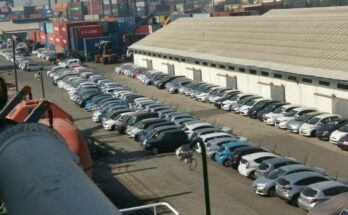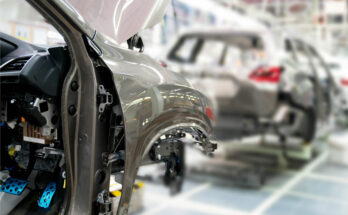The auto sector is suffering badly as a result of weak demand and supply chain interruptions that are damaging the investments made. The industry is starting to worry more and more about resource underutilization despite large investments in infrastructure and the new equipment installed by parts makers.
Related: IMC- Optimism or Empty Rhetoric?
Haroon Arshad, Chief Executive Officer, Ravi Autos Sundar (Pvt) Ltd while talking to journalists during their visit to vendor manufacturing plants in Lahore, said:
“Our efficiency got affected due to current economic conditions as vendors’ current capacity utilization is between 60% to 70%.”
He added that the current economic situation has impacted the vendor industry at every level due to weak demand, LCs issues, and its effect on current businesses. Haroon highlighted that total vehicle sales clocked in at just 26,988 units for the first 4 months of the current fiscal year, down 44% from 48,573 units in the same period last year. He added:
“This is the trickle-down effect and aftermath of frequent plant shutdowns on numerous issues including the opening of letters of credit (LCs), depressed automobile demand due to the shrinking economy and soaring prices of vehicles, high auto financing due to unbearable interest rate hikes, and rising petroleum prices.”
On the other hand, like most industry stakeholders, Salman Saleem, the Chief Executive of National Automotive Components (Pvt) Ltd cried that the import of used cars is another big factor playing havoc with vendors’ investments. He said over 10,575 used cars were imported in the first 4 months of FY24 alone, while just 6,050 second-hand cars were imported in the entire FY23. “Used cars constitute 28% of the total market in 4MFY24, while for October only, they have claimed 50% of the total market share,” deplored Salman.
Related: Why JDM Cars Are Considered a Threat to Local Assembled Ones
While demonstrating how locally made parts are made, he said that while vendors’ purchases of new equipment helped to increase manufacturing efficiency, it also made it extremely difficult to retain the workforce because of the low volume of work.
Source: Dawn

Responsible for delivering local & international automotive news.




